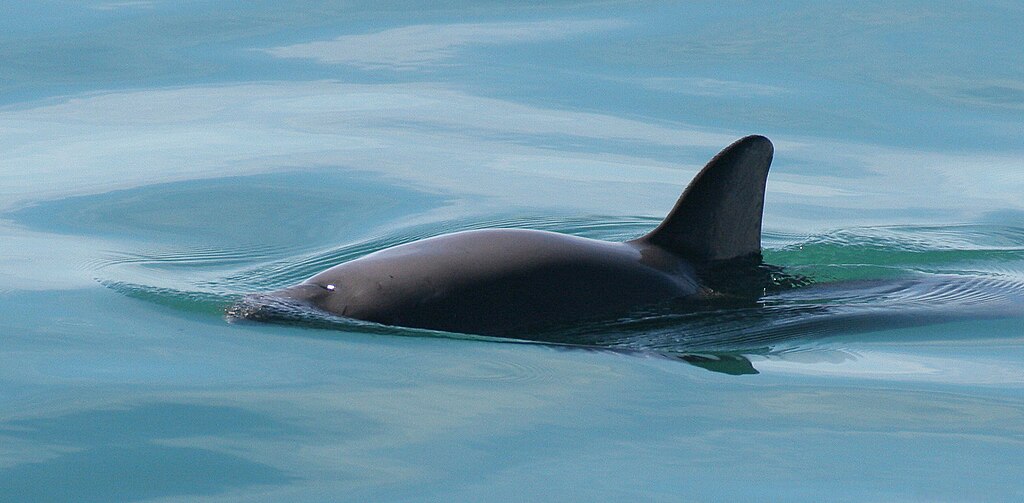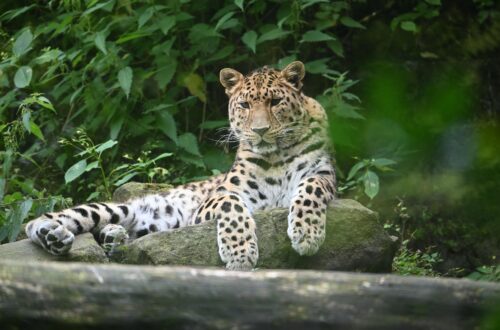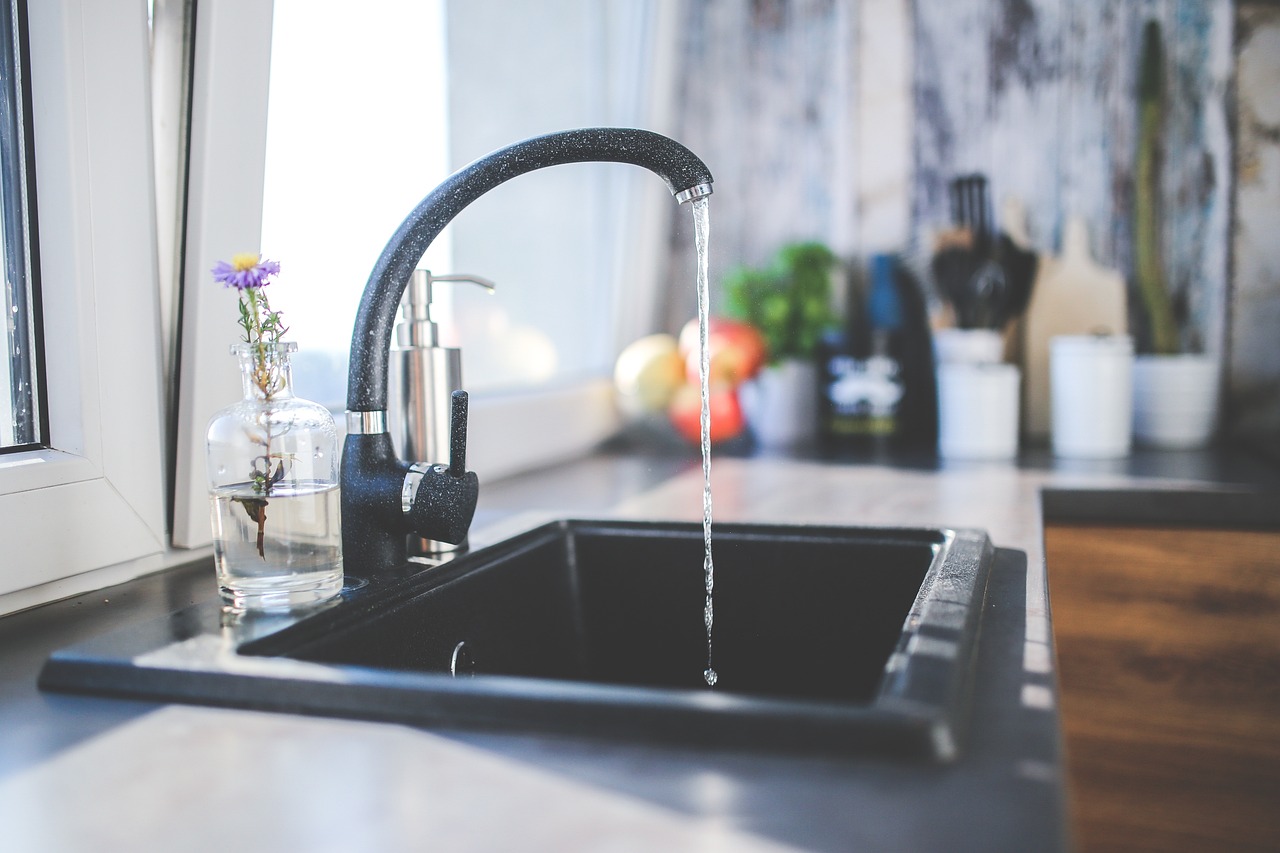
The Shocking Truth About Factory Farming and the Environment
By Holly Shaftel, contributing writer
When it comes to fighting climate change, many people know we need to stop using dirty energy (fossil fuels) like coal, oil, and gas and switch to clean power like solar and wind. But did you know factory farming — a way to raise animals for food in large-scale industrial settings for profit — is also a big problem? It doesn’t just heat up the planet — it also harms the environment in many other ways. (Plus, it’s a huge animal welfare issue.) Let’s take a look at the problems and some solutions.
Greenhouse Gas Emissions
The United Nations Food and Agriculture Organization (UN FAO) and scientists estimate that raising animals for food causes 11.1-19.6% of global greenhouse gas emissions. (For comparison, fossil fuels add over 76%.) Here’s how:
- Animal digestion: Cows, sheep, and other grazing creatures release methane when they burp. Cow belches are the largest source of livestock emissions.
- Manure: When animal waste breaks down, it produces methane and nitrous oxide — especially when stored in large, liquid manure pits.
- Feeding livestock: Making fertilizers and other farm supplies releases carbon dioxide, and using chemical fertilizers on “feed crops” adds nitrous oxide. Some emissions also come from transporting and processing animal feed.
- Clearing land: Cutting down forests, grasslands, and mangroves for grazing, growing animal feed, and crustacean farming (such as shrimp and prawns) releases stored carbon dioxide from plants and soil.
- Energy use: It takes power to produce farm supplies, grow animal feed, and keep farm animals cool and ventilated.
- Processing meat: Emissions continue when animals are slaughtered, processed, and packaged before reaching stores.
Air and Water Pollution
Factory farming also pollutes air and water.
In the air, livestock release methane, a harmful gas, and manure produces ammonia, which can create smog. Synthetic fertilizers and pesticides also release harmful chemicals into the air.
In the water, manure, fertilizers, and other pollutants run off into rivers and lakes, causing algae blooms* that harm fish and other living beings. Animal waste also carries bacteria such as E. coli, and antibiotics** in that waste contaminate water, affecting ecosystems.
Deforestation and Land Destruction
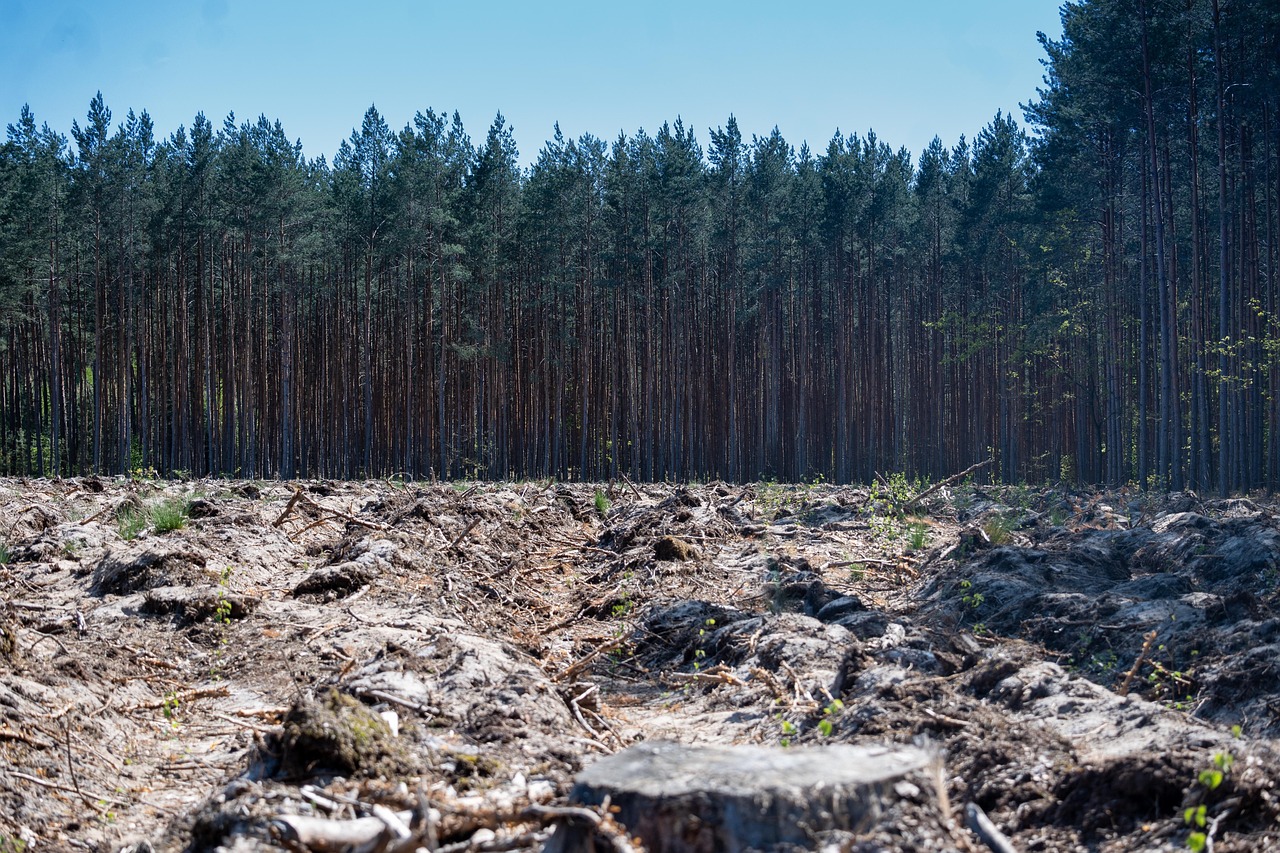
Factory farming contributes to deforestation and land degradation in several ways. People clear natural habitats to create space for grazing animals and other farmed beings and for growing feed crops.
Trees and mangroves absorb carbon dioxide from the atmosphere, helping the climate. This CO2 re-enters the atmosphere when people demolish these areas, adding to climate change.
Also, when animals are kept in large numbers in one area, they can overgraze the land, leaving it unable to recover. This damages the soil, making it harder for new plants to grow.
Water Consumption
In addition to polluting water, factory farming uses a lot of it, both to grow animal feed and for the animals to drink.
For example, the Water Footprint Network says it takes an average of 1,800 gallons of water to produce just one pound of beef. This puts a huge strain on local water sources, especially in places where water is already scarce.
Soil Degradation
Wind and water can wash away or dry out soil when too many animals eat too much grass in one area. Chemical fertilizers also add too many nutrients, which can throw off the soil’s natural balance and make it harder to support plants.
Heavy farm machines and animals walking over the land can also press the soil down too much, making it tight and compact. When this happens, air, water, and nutrients can’t reach plant roots, making it harder for plants to survive. When plants can’t grow, the whole environment suffers!
Biodiversity Loss
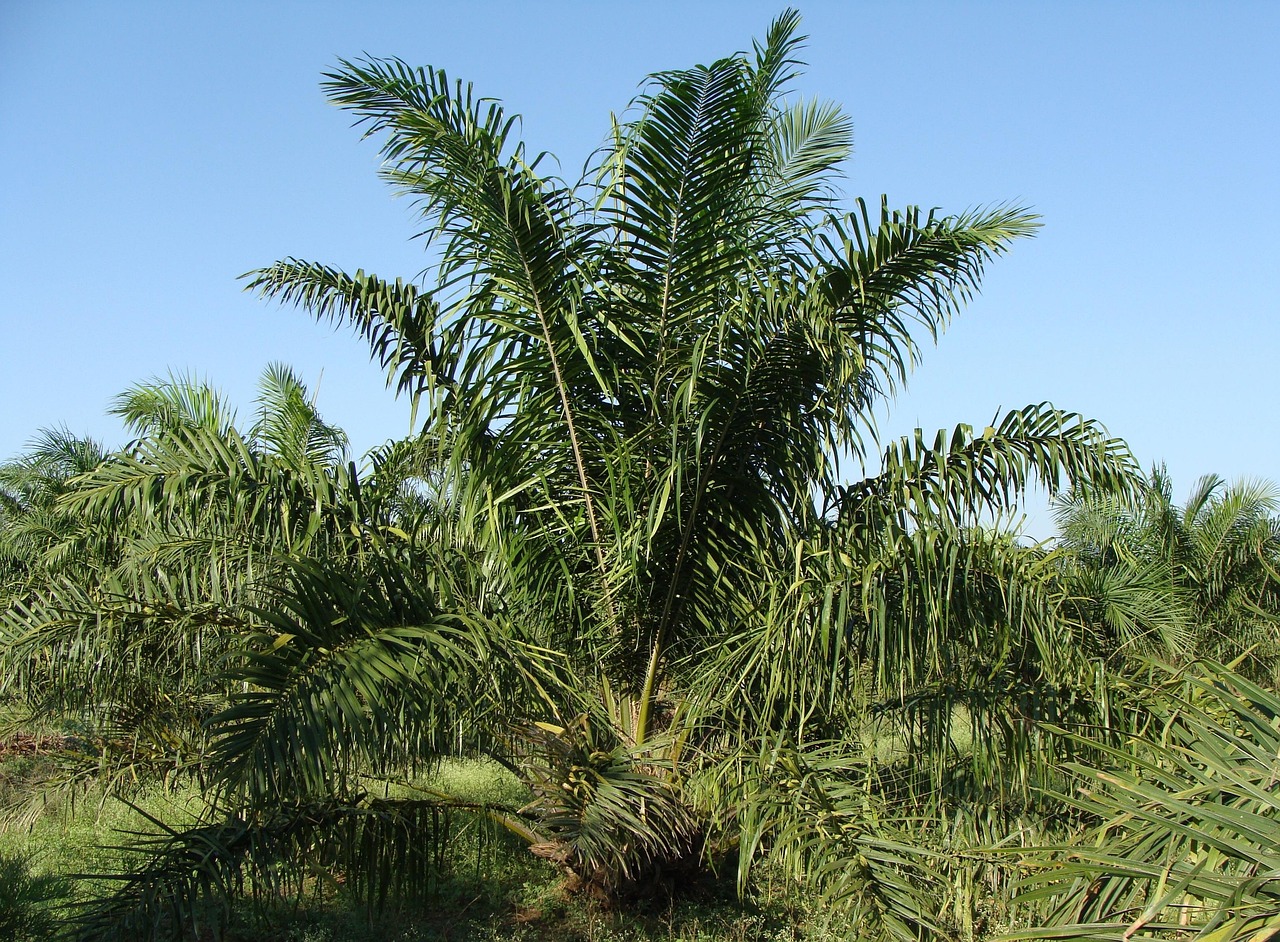
When people clear land for big farms and grazing animals, wildlife loses its food and homes.
Pesticides and chemical fertilizers can also poison insects, birds, and other wildlife. When these chemicals wash into rivers and lakes, they can harm fish and other water creatures.
Factory farms also focus on raising just a few types of animals and crops. This lack of variety, called “monoculture” (“mono” meaning “one” and “culture” meaning “cultivation”), makes food production weaker against diseases and climate change.
Biodiversity means having lots of different plants and animals in nature. The more species we have, the healthier and stronger our environment!
Superbugs and Disease
When lots of animals are crowded together in stressful and dirty conditions, diseases can spread easily. To stop this, farmers give them antibiotics. Using these drugs too much can create “superbugs” — bacteria that become so strong they no longer respond to medicine.
People who eat meat or come into contact with these bacteria can get infections that don’t heal with normal treatments. Health experts warn this is becoming a big global problem.
Superbugs can also spread through animal waste, dirty water, and even the air, putting both humans and non-human animals in danger.
Factory farms have also been linked to diseases like bird flu, swine flu, and lung infections. Even COVID-19 likely came from animals. These are called “zoonotic” diseases because they can jump from animals to humans.
Solutions
Factory farming has been around since the early to mid-1900s, and people are becoming increasingly aware of the harm it has on the environment, climate change, public health, and animals. Here are some ways we can help:
- Eat less meat, eggs, and dairy (or try going vegan): Many experts agree (example) that eating more plant-based foods is better for the planet and animals, even if you do it a few days a week. It can also be good for your health. Your buying choices can help lower demand for factory-farmed products!
“A vegan diet is probably the single biggest way to reduce your impact on planet Earth …” — Joseph Poore, Environmental Science Researcher, University of Oxford (source)
- Farm sustainably: Work with nature instead of against it. Use natural fertilizers, compost, and restore damaged lands, among other eco-friendly practices. Permaculture can help with this!
- Improve animal welfare: Farmers should make the conditions where animals live better so animals are less crowded and stressed. This would reduce the need for antibiotics.
- Convert factory farms to plant-based farms: Farmers can work with The Transfarmation Project to transition from animal farming to plant-focused farms for human consumption.
- Get politically involved: Even if we all went vegan, our tax dollars still support factory farms. Tell your elected officials that you want to stop this and push for more sustainable farming.
- Support renewable energy in agriculture: We should make farming more energy efficient, like using greenhouses and farming vertically indoors.
- Prevent global pandemics: The actions above can help stop diseases from spreading worldwide.
* Algae are simple plants that can range from tiny organisms to large seaweeds. They live in both the sea and fresh water and are the foundation of food webs. An algae bloom happens when these plants grow too much and can harm other living things. Learn more here.
** Antibiotics are used on livestock to prevent, treat, or control bacterial infections.
Main image: A photo of the overcrowding of turkeys in a North Carolina factory farm. Source: Mercy for Animals (CC BY 2.0)



